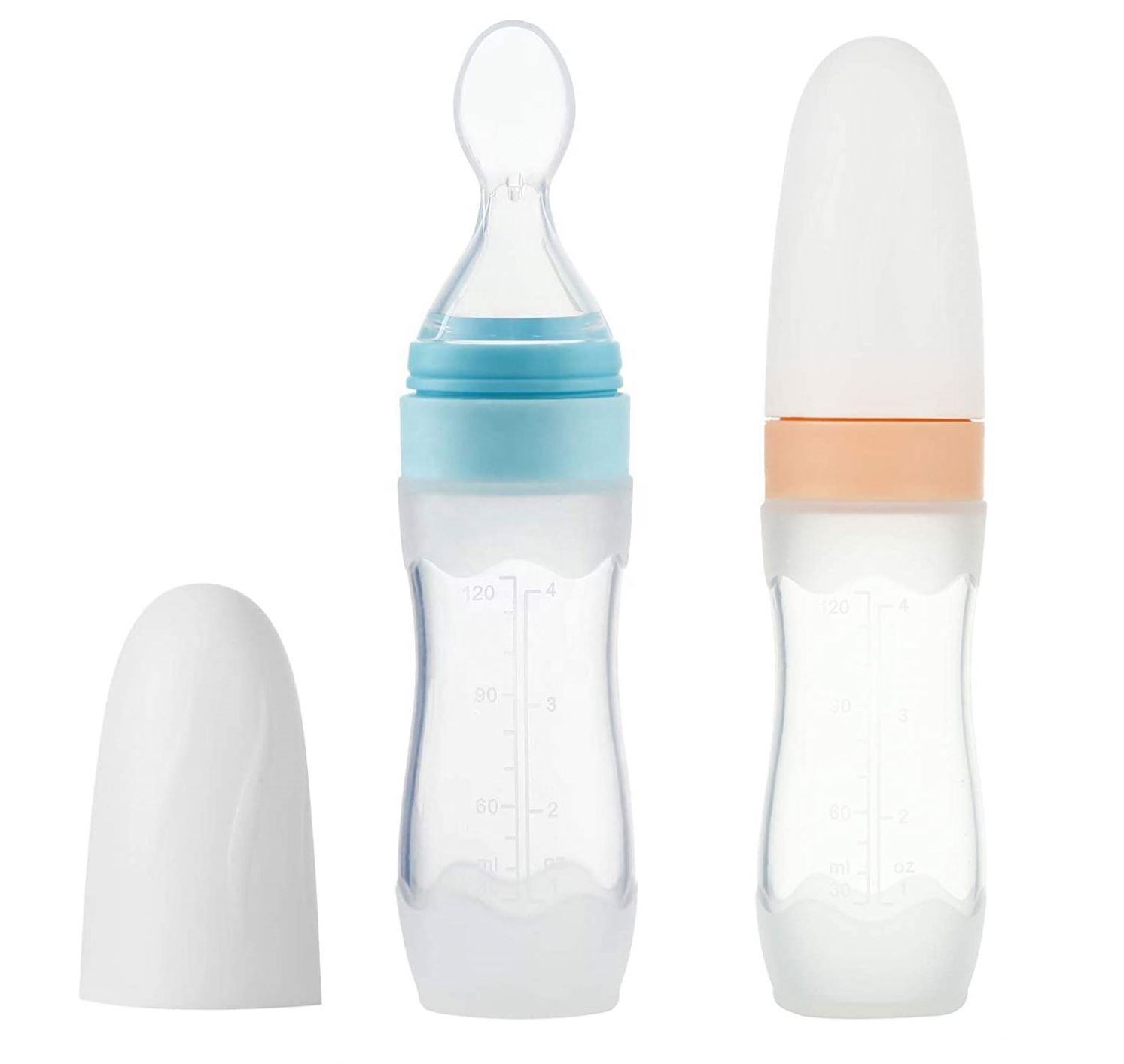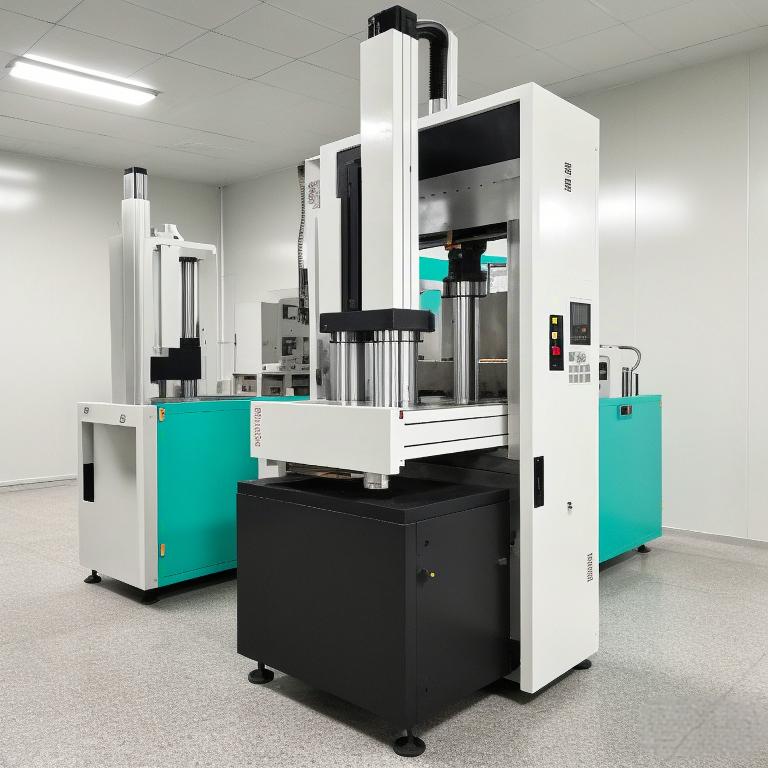Contents
The journey of raising a baby is filled with joy and challenges, especially when it comes to baby feeding. Proper feeding practices not only ensure that your baby receives adequate nutrition but also promote healthy growth and development. In this article, we look at the use of a range of silicone feeding products to assist baby feeding during the teething period of newborn babies.
Newborn to Six Months: Breastfeeding or Formula Feeding
During the newborn stage, breastfeeding is the best choice. Breast milk provides all the necessary nutrients and contains antibodies that help protect your baby from illnesses. However, when breastfeeding isn’t possible, our silicone baby bottles become an ideal alternative for baby feeding. These bottles are made from food-grade silicone, BPA-free, and feature a nipple design that simulates the breast’s natural shape, making it easier for your baby to transition between breast and bottle feeding.


Feeding Tips:
– Feed on demand, typically around 8-12 times per day.
– Maintain cleanliness of the bottle and its components to avoid infections.
Six Months to One Year: Introducing Solid Foods
Once your baby reaches around six months old, it’s time to start introducing solid foods. To ensure your baby’s health and safety, we offer a range of silicone feeding set, including silicone plates, silicone bowls, and silicone bibs. These items are easy to clean, dishwasher safe, microwave-safe, and made from soft silicone that won’t harm your baby’s delicate skin. When transitioning to solid foods, baby feeding becomes more interactive, and using the right tools can make the experience enjoyable and less messy.
Feeding Tips:
– Start by making single-ingredient purees in high-quality silicone bowls that help keep food warm while being safe and easy to clean. Gradually add more food as your baby gets used to different tastes and textures.
– Avoid added sugar and salt in your baby’s meals. Use a silicone feeding spoon to ensure each bite is the right size and free of unnecessary additives.
– Introduce new foods one at a time and watch how your baby reacts to them. Our silicone bibs are perfect for keeping your baby clean during mealtime explorations and are easy to wipe clean or throw in the dishwasher.
![]()
![]()
Teething Stage: Soothing Sore Gums
As your baby begins to teethe, their gums can become very sensitive and sore. At this stage, a good silicone teether or silicone teething necklace can be very helpful for baby feeding. Our products are made from food-grade silicone, non-toxic, and effectively soothe sore gums. They also come in fun shapes and colors that attract your baby’s attention.
Teething Tips:
– Regularly check teething toys for wear and tear.
– Clean teething toys before and after use to maintain hygiene.
Custom Manufacturing Advantage
As a specialized manufacturer of silicone products, we have modern production facilities and strict quality control systems. All of our products are certified to international standards, ensuring the highest quality. We also offer customization services, allowing us to tailor our products according to specific customer needs, whether it’s unique colors, patterns, or shapes.
Whether you’re feeding a newborn or caring for a teething toddler, choosing the right baby feeding set is essential for your baby’s health and happiness. We are committed to providing high-quality silicone feeding sets that support families worldwide as they raise happy and healthy babies.



